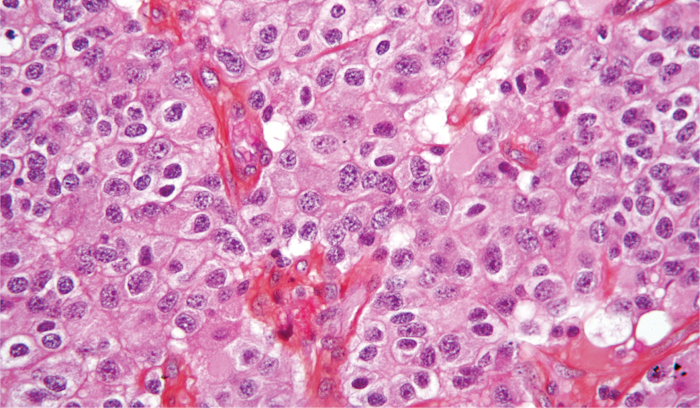Oligodendroglioma
Oligodendroglioma

Summary of
Oligodendroglioma
Oligodendroglioma is a primary central nervous system (CNS) tumor. This means it begins in the brain or spinal cord.
Oligodendrogliomas are grouped in two grades based on their characteristics.
- Grade II oligodendrogliomas are low grade tumors. This means the tumor cells grow slowly and invade nearby normal tissue. In many cases, they form years before being diagnosed as no symptoms appear.
- Grade III oligodendrogliomas are malignant (cancerous). This means they are fast-growing tumors. They are called anaplastic oligodendriogliomas
Oligodendrogliomas occur most often in people between the ages of 35 and 44, but can occur at any age. Oligodendrogliomas occur more often in males and are rare in children. They are most common in white and non-hispanic people.
Available CBTN Biospecimens
participants with flash-frozen tissue available
participants with match blood
participants with match parental specimens
participants with cerebral spinal fluid
Available CBTN Pre-clinical Models
genomically characterized cell lines with data available
genomically characterized pdx with data available
How do I get access to the specimens?
To request any of the biospecimens, or pre-clinical model please fill out this form.
Request take approx. 3 months and will require review by the scientific committee and MTA.
Need help? Contact us at research@cbtn.org
Explore the data in these informatics portals
How do I get access to the data?
To access the data please follow these instructions. Need help? Contact us at research@cbtn.org
You can access processed data today here by simply logging in to PedcBioPortal
You can request raw data by completing this form. The review normally takes 1 week. Once approved you can access the raw data by creating cohorts of interest on the Kids First Data Resource Portal and performing analysis on the cloud in Cavatica



